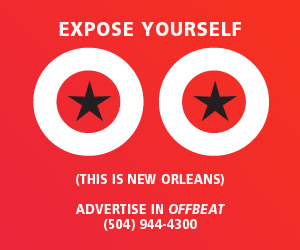 |
This coffee table compilation of material from the beloved rock ’n’ roll magazine from Detroit has become a cause celebre by those with an investment in the magazine’s legacy. Writer Dave Marsh feels written out by Matheu and Bowe’s selections, and many former contributors question its slant toward artist profiles, particularly Q&As from the mid-to-late 1980s, well past the magazine’s heyday. For a magazine that was all about voice—and had such contributors as Lester Bangs, Greil Marcus, Patti Smith, Robert Christgau and our own John Swenson—interviews were the least Creem-like thing the magazine did. But there are interviews with George Harrison and the Replacements here, and none of the irreverent, gleefully lacerating album reviews that in many ways defined the magazine.
It’s also fair to wonder if there could be a more un-Creem-like retrospective than a coffee table book, the most bourgeois literary presentation for one of the most self-consciously irreverent music magazines, one that championed the Stooges, the MC5 and the New York Dolls, and reveled in all tales of excess. But until another, better Creem anthology, this one has its uses. If nothing else, it documents a time when music writers viewed journalism as another form of creative writing, not in that they made stuff up—though they did—but they didn’t feel a necessity to treat their subjects or journalism with any particular respect.
In the best pieces, the writers wrote from a clear perspective. Ben Edmonds wrote about the New York Dolls as their advocate, trying to convince a world that would never get them that the Dolls really did make the music people like; Lisa Robinson documented an Aerosmith tour as a gossip columnist; John Mendelsson reviewed a Kinks concert as a betrayed fan, and so on. There are a few too many pieces here that make the writer’s trials a part of the story, but even they shine a light behind the scenes on a music industry that was just starting to take shape as Big Business. Handlers and groupies were often part of the story, and when Iggy Pop jerked the writer’s chain around for the duration of a Q&A, Creem ran it in all its condescending meanness.
Fortunately, the book includes some Creem ephemera—Stars’ Cars, Creem Profiles, and some great pictures including one of the Debbie Harry photos that helped make Blondie’s name before many outside NYC had heard them. Still, whether the book represents the magazine’s history properly or not, Creem deserves better than a pretty book, and it deserves one better edited than this. The last three paragraphs of a Charles Bukowski piece on the Stones are repeated, and it doesn’t take an editor’s eye to spot the numerous typos.




